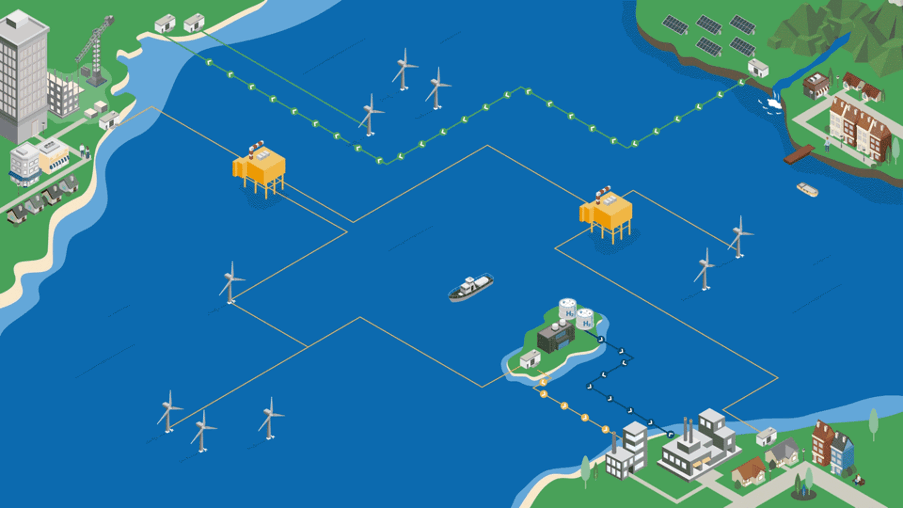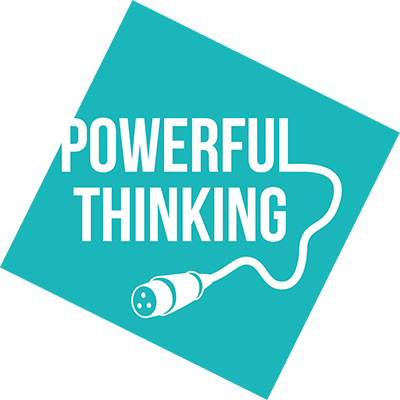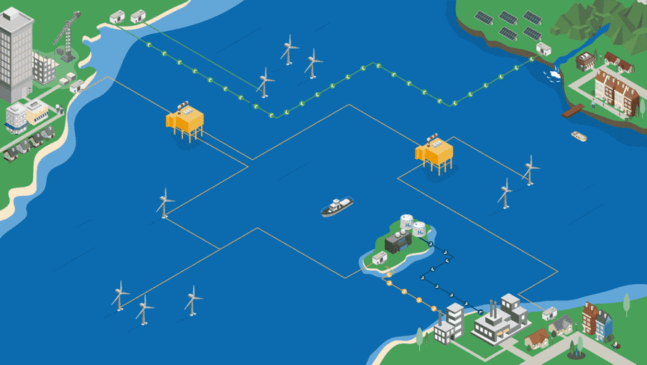Tim Benson, Chair of Powerful Thinking, looks at the UK’s plans for the ‘Great Grid Upgrade’ which aims to support the decarbonisation of the National Grid and increase our energy security. The upgrade will see £16 billion invested from 2021-2026 to support the UK’s net zero goals; it includes creating offshore connection hubs for green energy to bring clean renewable energy from wind generation points, and the European mainland, directly to the UK network using dedicated underwater transmission lines that can both import and export power. Read the full blog below:
The Great Grid Upgrade is being touted by the National Grid as the ‘largest overhaul of the [UK] electricity grid in generations.’ In short, plans are being made for new HV transmission infrastructure to be built across England and Wales to connect clean, renewable energy from where it’s generated out at sea directly to the UK’s network. It forms part of the ‘Accelerated Strategic Transmission Investment’ program to support the government’s target of connecting 50 GW of offshore wind by 2030 and will be funded as part of National Grid’s continued programme of investment into the UK energy transition, which will see £16 billion invested from 2021-2026 to support the UK’s net zero goals.
The scope of work includes a new 90km high-voltage (400kV) transmission line from North Humber to High Marnham, capable of delivering up to 6GW of power. As well as beefing up the transmission capabilities between the North and the Midlands, this reinforcement is needed, as existing power lines do not have sufficient capacity for all the new sources of electricity expected to connect to the network over the next 10 years and beyond, in particular the green energy generated from offshore wind farms in the North Sea.
What is particularly interesting about this project are National Grid Energy Transmission’s (NGET) plans to create offshore connection hubs for green energy. Instead of individual wind farms connecting one by one to the shore, offshore hybrid assets (OHAs) will allow clusters of wind farms to connect all in one go, by plugging into interconnectors. Interconnectors are dedicated underwater transmission lines that supply power from the European mainland to our grid. The aspiration is for these OHAs to operate as a combined asset that can both import and export power, whilst connecting our renewables directly to our grid.

This is incredibly important if we as a country are genuinely looking to decarbonise our grid and improve our energy security. The current model of decentralised renewable energy generation, with capture, storage and transmission all undertaken at the District Network Operator (DNO), remains fraught with problems. In particular, where demand drops and energy storage systems (ESS) reach capacity, the current operational model is to curtail generation from renewables and to revert to nuclear and gas. Furthermore, if the Government is serious about scaling up its current 13.6GW of off-shore wind generation to 50GW by 2030, then they absolutely must take steps to create a future-ready grid, capable of both handling increased demand and connecting renewable energy generation hubs to the main power network.
This guest blog originally appeared in the December 2023 Vision: 2025 newsletter. Sign up to receive monthly event sustainability news, case studies and guest blogs direct to your inbox www.vision2025.org.uk

